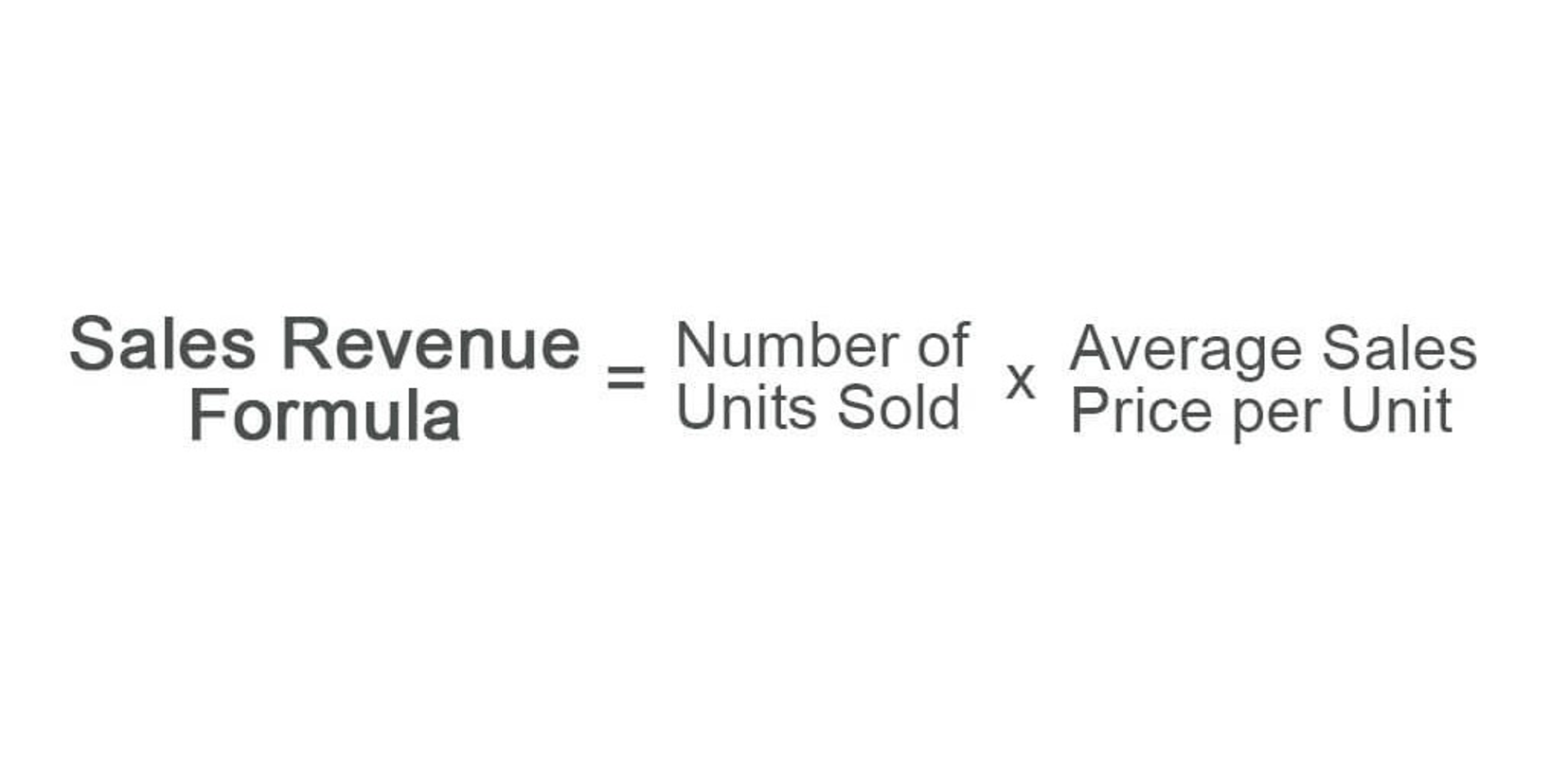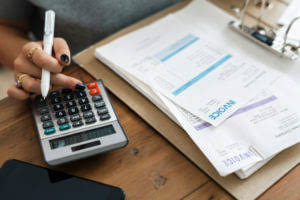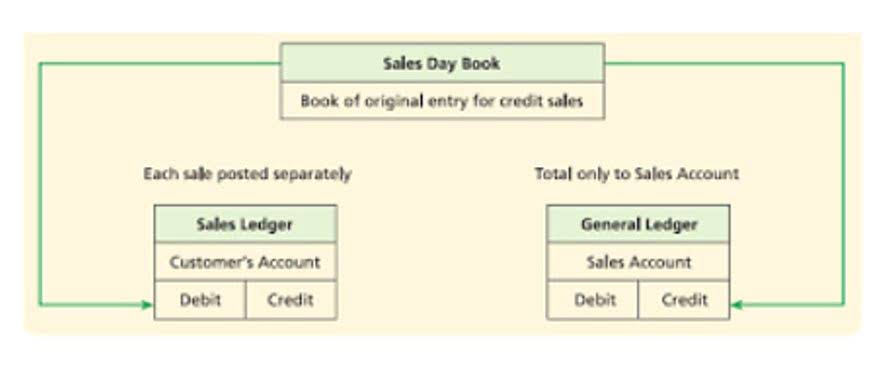
This approach ensures that depreciation expense is directly tied to an asset’s production or usage levels. The underlying idea is that assets tend to lose their value more rapidly during their initial years of use, making it necessary to account for this reality in financial statements. 1- You can’t use double declining depreciation the full length of an asset’s useful life. Since it always charges a percentage on the base value, there will always be leftovers. When accountants use double declining appreciation, they track the accumulated depreciation—the total amount they’ve already appreciated—in their books, right beneath where the value of the asset is listed. If you’re calculating your own depreciation, you may want to do something similar, and include it as a note on your balance sheet.
How to Use an Excel Template for Monthly Depreciation Calculation
This results in depreciation being the highest in the first year of ownership and declining over time. The DDB method involves multiplying the book value at the beginning of each fiscal year by a fixed depreciation rate, which is often double the straight-line rate. This method results in a larger depreciation expense in the early years and gradually smaller expenses as the asset ages. It’s widely used in business accounting for assets that depreciate quickly. First, calculate the straight-line depreciation rate by dividing 100% by the asset’s useful life. For example, an asset with a five-year lifespan would have a 20% straight-line rate.
- Choosing the right depreciation method is essential for accurate financial reporting and strategic tax planning.
- You get more money back in tax write-offs early on, which can help offset the cost of buying an asset.
- Written Down Value (WDV), Straight Line Technique (SLM) Company policy does not put any restrictions on the use of any method.
- In this case, the company can calculate decline balance depreciation after it determines the yearly depreciation rate and the net book value of the fixed asset.
- This reflects that some assets are most useful, and therefore lose value more rapidly, in their initial years.
Best accounting software for calculating depreciation
- This approach ensures that depreciation expense is directly tied to an asset’s production or usage levels.
- Make sure the method you choose aligns with how your assets contribute to your business.
- Our solution has the ability to record transactions, which will be automatically posted into the ERP, automating 70% of your account reconciliation process.
- Find answers to the most common questions about double-declining balance depreciation.
- The depreciation expense calculated by the double declining balance method may, therefore, be greater or less than the units of output method in any given year.
It’s a good way to see the formula in action—and understand what kind of impact double declining depreciation might have on your finances. Every year you write off part of a depreciable asset using double declining balance, you subtract the amount you wrote off from the asset’s book value on your balance sheet. Starting off, your book value will be the cost of the asset—what you paid for the asset.
- The fraction uses the sum of all years’ digits as the denominator and starts with the largest digit in year 1 for the numerator.
- Each method has its advantages, suited to different types of assets and financial strategies.
- Conversely, if the asset maintains its value better than expected, a switch to the straight-line method could be more appropriate in later years.
- Although both DDB and declining depreciation are considered accelerated methods; however, double declining balance uses a depreciation rate that is twice that in the simple declining depreciation.
- Take your business to the next level with seamless global payments, local IBAN accounts, FX services, and more.
- This cycle continues until the book value reaches its estimated salvage value or zero, at which point no further depreciation is recorded.
How do you calculate the double declining balance depreciation rate?
- This makes it ideal for assets that typically lose the most value during the first years of ownership.
- They have estimated the machine’s useful life to be eight years, with a salvage value of $ 11,000.
- By applying the DDB depreciation method, you can depreciate these assets faster, capturing tax benefits more quickly and reducing your tax liability in the first few years after purchasing them.
- This process continues for each subsequent year, recalculating the depreciation expense based on the declining book value.
- The double declining balance depreciation rate is simply twice the straight-line depreciation rate.
In this way, an organization can allocate reduced depreciation in later years. The double declining balance strategizes depreciation costs in a declining format in later years. Doing so helps to counterbalance the expanded maintenance costs with fewer depreciation costs. We can understand this by illustrating the case of a company that identifies huge profits on asset sales. Using this, the company experiences lower net income for many years, but as the book value of the asset is lower than market value, double declining balance method formula the company achieves a larger profit when the asset is sold.

Double-declining balance method vs. straight-line depreciation
To learn how to handle these contingencies, please see our Beginner’s Guide using the above link. Deskera can also help with your inventory management, customer relationship management, HR, attendance and payroll management software. Deskera can help you generate payroll and payslips in minutes with Deskera People. Your employees can view their payslips, apply for time off, and file their claims and expenses adjusting entries online.
By accelerating depreciation in the earlier years, DDB aligns expenses with the actual utility derived from the asset, providing a clearer financial picture. Double-declining balance depreciation applies a fixed rate to an asset’s decreasing book value each year. By doubling the depreciation rate, the method accelerates the recognition of depreciation expenses, resulting in lower book values for assets on the balance sheet in the initial years. As seen in the formula of declining balance depreciation above, the company needs the deprecation rate in order to calculate the depreciation. Hence, it is important for the management of the company to determine the depreciation rate that can allow the company to properly allocate the cost of the fixed asset over its useful life. Declining balance depreciation is the type of accelerated method of depreciation of fixed assets that results in a bigger amount of depreciation expense in the early year of fixed asset usage.

Under the double-declining balance method, accumulated depreciation accumulates more rapidly in the early years of an asset’s life, reflecting accelerated depreciation. The Online Bookkeeping double-declining balance (DDB) method is a widely used asset depreciation method. It’s a form of accelerated depreciation that allows businesses to allocate a higher portion of an asset’s cost as an expense in the earlier years of its useful life. The key to calculating the double declining balance method is to start with the beginning book value– rather than the depreciable base like straight-line depreciation. The beginning book value is multiplied by the doubled rate that was calculated above.
Cash Flow Statement

Our AI-powered Anomaly Management Software helps accounting professionals identify and rectify potential ‘Errors and Omissions’ on a daily basis so that precious resources are not wasted during month close. It automates the feedback loop for improved anomaly detection and reduction of false positives over time. We empower accounting teams to work more efficiently, accurately, and collaboratively, enabling them to add greater value to their organizations’ accounting processes. This method is best suited for assets that lose a big portion of their value at the beginning of their useful life, cars or any items that become obsolete quickly are good examples. It is important to note that we apply the depreciation rate on the full cost rather than the depreciable cost (cost minus salvage value).

See why Netgain is trusted by thousands of accounting teams
In the investing sector as well as corporate financial management, DCF analysis is frequently employed since it may be used to evaluate a stock, company, or project, among many other assets or activities. Using this information, you can figure the double declining balance depreciation percentage to be ⅖ each year, or 40%. For accounting purposes, companies can use any of these methods, provided they align with the underlying usage of the assets.